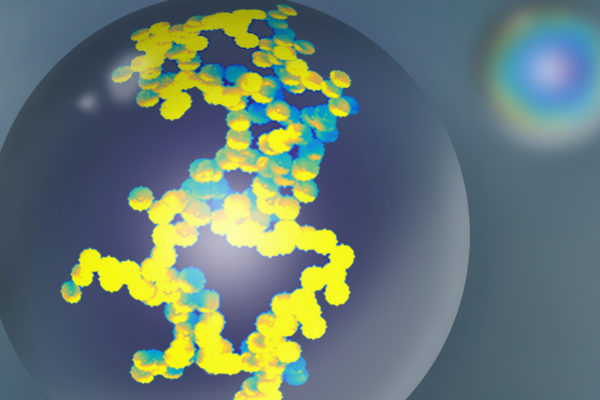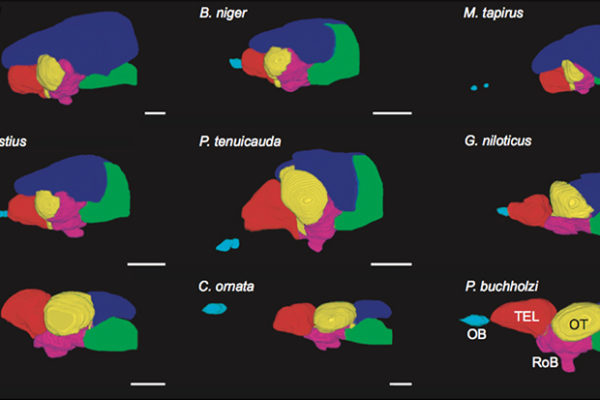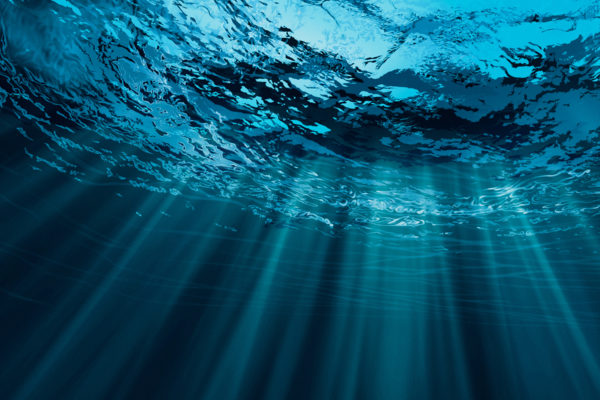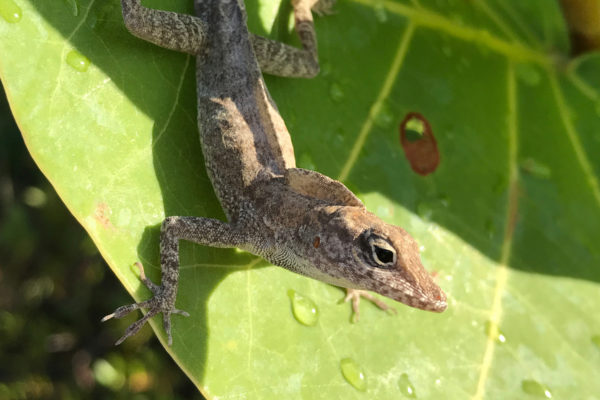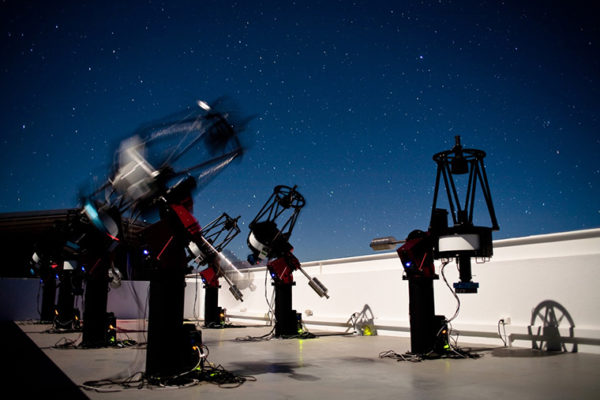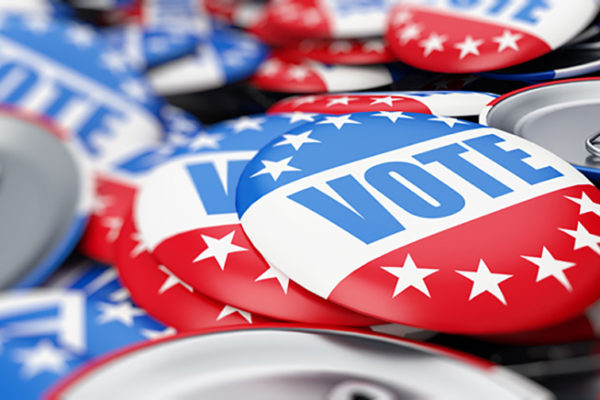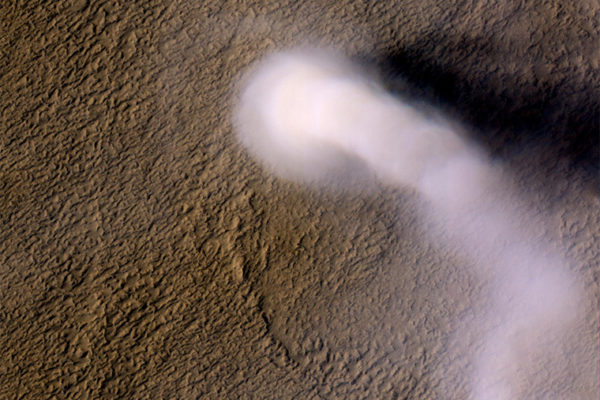Engineers discover a new law of light absorption
Researchers in the School of Engineering & Applied Science have discovered a new, natural law that sheds light on the fundamental relationship between coated black carbon and light absorption.
New maps hint at how electric fish got their big brains
Washington University researchers have mapped the regions of the brain in mormyrid fish in extremely high detail. In a study published in the Nov. 15 issue of Current Biology, they report that the part of the brain called the cerebellum is bigger in members of this fish family compared to related fish — and this may be associated with their use of weak electric discharges to locate prey and to communicate with one another.
What a deep dive into the deep blue sea is teaching us
Slow-motion collisions of tectonic plates under the ocean drag about three times more water down into the deep Earth than previously estimated, according to a first-of-its-kind seismic study that spans the Mariana Trench. The work has important implications for the global water cycle, according to Douglas A. Wiens in Arts & Sciences.
Cordell Institute signs ‘Paris Call for Trust and Security in Cyberspace’
Washington University’s newly launched Cordell Institute for Policy in Medicine & Law has signed on as one of the early signatories of French President Emanuel Macron’s “Paris Call for Trust and Security in Cyberspace,” announced Nov. 12 as part of the peace forum commemorating 100 years since the ending of World War I.
‘Hopeful technology’ could change detection, diagnosis of deadly ovarian cancer
Ovarian cancer claims the lives of more than 14,000 women in the U.S. each year, ranking fifth among cancer deaths in women. A multidisciplinary team at Washington University has found an innovative way to use sound and light to diagnose ovarian tumors, which may lead to a promising new diagnostic imaging technique to improve current standard of care.
Replaying the tape of life: Is it possible?
A review published in the Nov. 9 issue of Science explores the complexity of evolution’s predictability in extraordinary detail. Jonathan Losos of Arts & Sciences takes on a classic question posed by Stephen Jay Gould in an effort to fully interrogate ideas about contingency’s role in evolution.
Inhabited exoplanets topic of 2018 Walker Distinguished Lecture
David Charbonneau, professor of astronomy at Harvard University, will deliver the annual Robert M. Walker Distinguished Lecture at 7 p.m. Thursday, Nov. 15, in Whitaker Hall, Room 100, on the Danforth Campus of Washington University in St. Louis. The talk, titled “How to Find an Inhabited Exoplanet,” is free and open to the public.
Voter turnout differs with anger vs. disgust
Emotions such as anger, fear, disgust and disillusionment can have dramatically different effects on voter apathy and turnout, said Alan Lambert, associate professor of psychological and brain sciences in Arts & Sciences at Washington University in St. Louis.
Whiskers, surface growth and dendrites in lithium batteries
Researchers at Washington University in St. Louis take a closer look at lithium metal plating and make some surprising findings that might lead to the next generation of batteries.
Electricity in Martian dust storms helps to form perchlorates
Storms help form an important chemical that is highly significant in the search for life on Mars. A team led by Alian Wang of Arts & Sciences created a simulation in the lab that sheds new light on what’s being kicked up by those massive Martian dust devils.
Older Stories
